Practicing Accuracy Using Similar Word Pairs
Do your students make a lot of visual errors?
Visual discrimination is a tough for many readers who struggle with decoding. Many of the substitutions I see with my students include words with similar shapes, blends, vowels, or word chunks. I like to dig deeper to find out what TYPE of visual errors the students are making so that I can then help them train their eyes to read more accurately!
Reading Specialists are trained to analyze decoding miscues and determine interventions to address our students’ decoding needs, but this is something classroom teachers can do, too! Exploring informal assessments and interventions to address student needs is even more important now with the new Response to Intervention (RtI) mandates. Classroom teachers are expected to differentiate instruction at a higher-level and implement effective interventions to target student needs.
Here are a few ways to get you started with assessing, tracking, and practicing visual discrimination, tracking, and ACCURACY. Not only could your students make significant gains, but you’ll have valuable data to bring to instructional support meetings, building data days, and parent-teacher conferences!
Assessment with Accuracy Word Pairs
When to Assess
Depending on your student population, you could assess your whole class, or individual students, as needed.
- Fall/Winter/Spring – You can assess every student in the beginning of the year to get a snapshot of your class and create targeted intervention groups for Reading Workshop or Guided Reading. Follow-up with winter and spring “checks” to track achievement and compare accuracy scores.
- As Needed – You can use this assessment to follow-up with a running record (formal or informal) for individual students who make A LOT of visual errors. This will allow you to “dig deeper” and find out their pattern of errors.
How to Assess Visual Errors
- Depending on the grade-level and stamina of the students you’re assessing. You may want to start with just a few word lists. I only do 3-4 word-lists with my second graders in one sitting, but 8-10 with my fifth graders. If I’m interested in getting a comprehensive assessment of ALL word pairs, I’ll break up my assessment over a couple of days.
- Pull one student at a time. Each student will read from the word lists while you mark a word correct (check mark) or incorrect (record the word/s they substituted).
(The downloads, shared below, include split columns for easier assessment and tracking! This was my personal tracking sheet version before I posted it on TpT and TN.)
- After you complete the assessment, count up the number of word pairs the students read automatically (within 3 seconds) and correctly (more than 3 second, including self-corrections). Record the numbers on a tracking sheet. **If using the The Complete Packet for Assessment & Practice, use the tracking sheets and “Student Assessment Profile” to record all the data.
- Once all the corrects are recorded, you’ll want to take a closer look at the visual errors. Use a Miscue Analysis Menu to tally up the # of each type of visual miscue. (Download this FREE menu from my sample assessment packet, also listed below!)
Practice with Accuracy Word Pairs
Once you determine what type of visual errors your students are making, you can use that information to drive your instruction. If your students are substituting incorrect vowels for many of their miscues, you’ll want to review vowel sounds and patterns. If your students are substituting words with incorrect blends, perhaps you’ll want to work on making and breaking sounds with two and three-letter blends. The information you collect will only help you if you choose to use it. Integrate accuracy interventions into your small group instruction or 1:1 conference time with students. Send home practice materials or create Literacy Centers to address common visual discrimination issues in your classroom. You can build opportunities for practice into the structure you already have in place for Guided Reading or Reading Workshop.
Literacy Center Ideas:
- Circle-a-Word – Students circle the visually similar words that are listed in a sentence. (Create sentences on a single page or use laminated sentence strips and have students circle with dry-erase marker.)
- Highlight-a-Letter – Students highlight the differences between the pairs. (Provide printed copies of the word lists they can highlight, or laminate the word lists and have students can go over the letter differences with a dry-erase markers.)
- Write-a-Sentence – Students write visually similar words in a sentence. (Provide students with a list of word pairs and have them create sentences that include BOTH words in the pair. Have them highlight the word pairs after they finish!)
- Write-a-Story – Students write visually similar words in a story, poem, comic, etc. (Provide students with a list of word pairs and have them create a story, poem, comic, or another writing format of their choice using a full LIST of word pairs. Have them highlight the word pairs after they finish!).
- Type-a-Word Pair – Students type similar word pairs. (Provide students with a list of word pairs and have them practice typing them on the computer. If they are computer savvy, they can even bold/italicize, change the font or format the color of the differences between the pairs.)
- Rainbow Writing Pairs – Students use colored pencils to write similar word pairs. (Provide students with a list of word pairs and have them copy over using different colors to write the letters for the word pair differences.)
Additional Activities:
- Speed Drills — Track pace & accuracy in a 1-3 minute assessment (use progress graphs to mark # of accuracy word pairs read correctly for each speed drill)
- Practice Word Lists — Create take-home word list packets or individual keychains
- Board Games — Pair popular board games with “Accuracy Word Pair” cards (cut word lists into rows so that word pairs are displayed on ONE card)
- Power Points/Slideshows — Create individual slideshows for students to use on the computer. Include word pairs that were challenging or read incorrectly and then link them on your website or send them home on a CD-rom. Make changes as students master the tricky word pairs!)
Resources
Check out a 5-page SAMPLE from my newest product, “Accuracy Word Pairs: The Complete Packet for Assessment & Practice.” Interested in the COMPLETE version? Click the image below or click here to download the thumbnail preview!
—
Do you have any additional ideas for practicing visual discrimination, tracking, and accuracy? Post them in the comments section to SHARE!
—

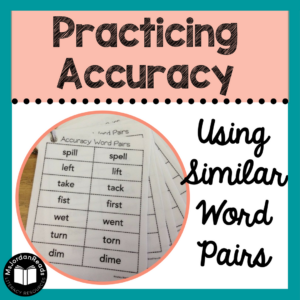
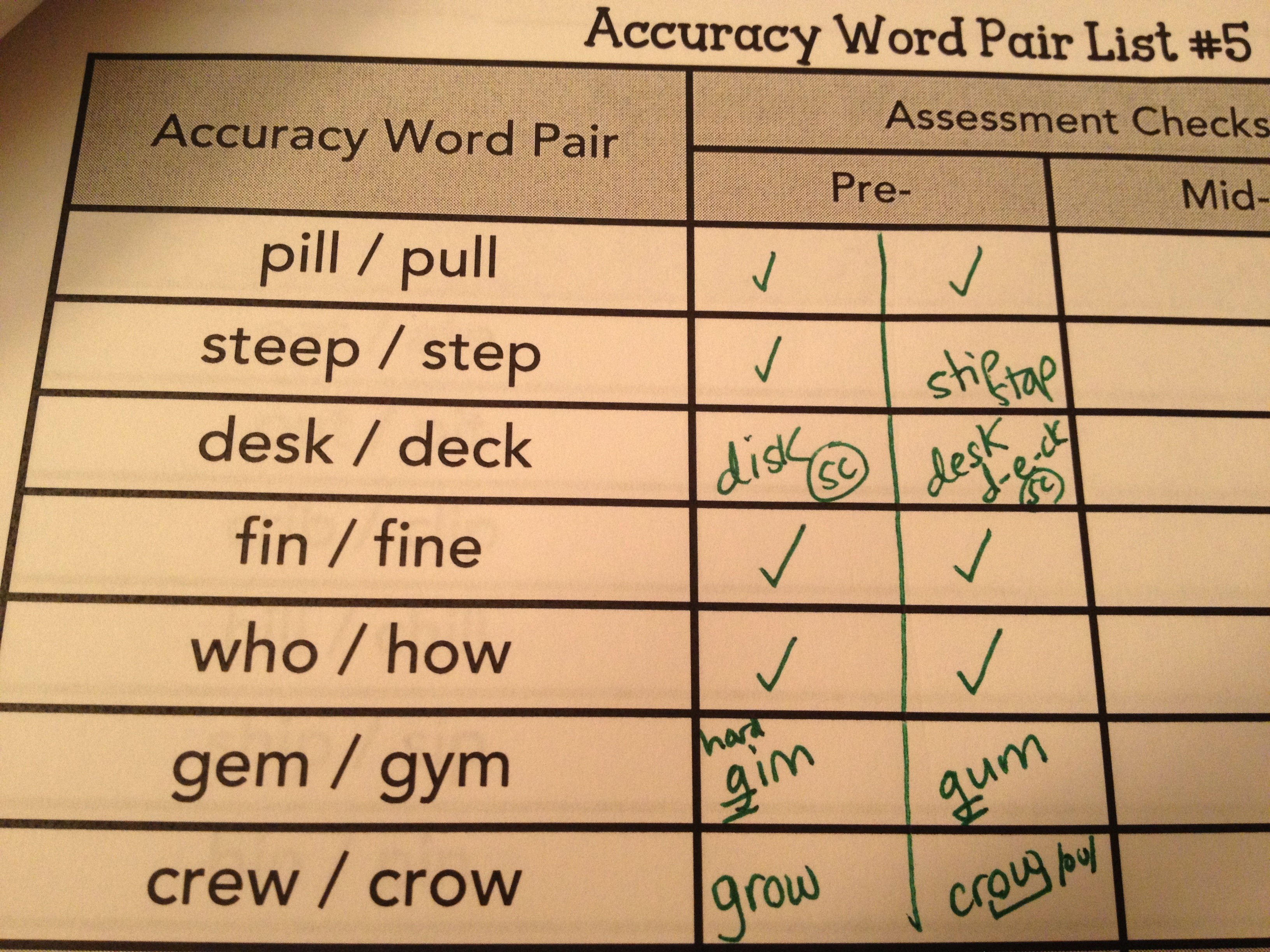
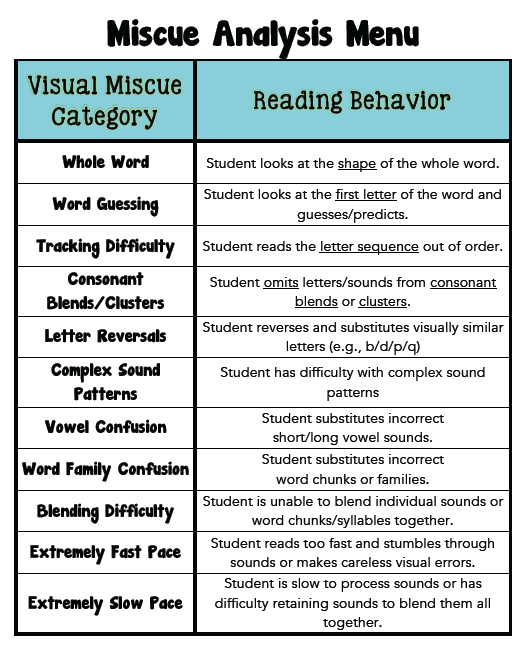

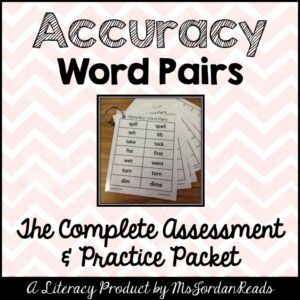

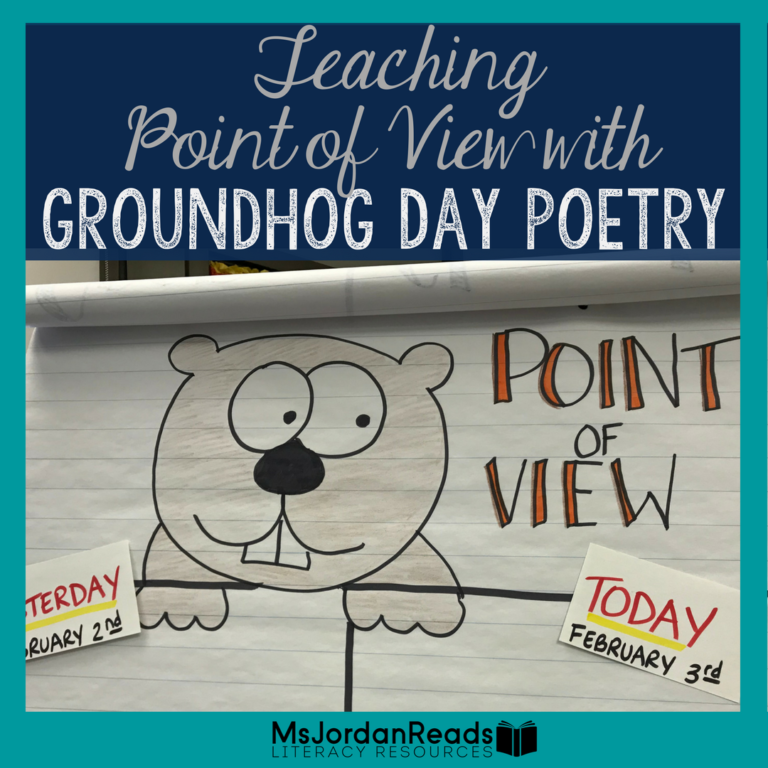


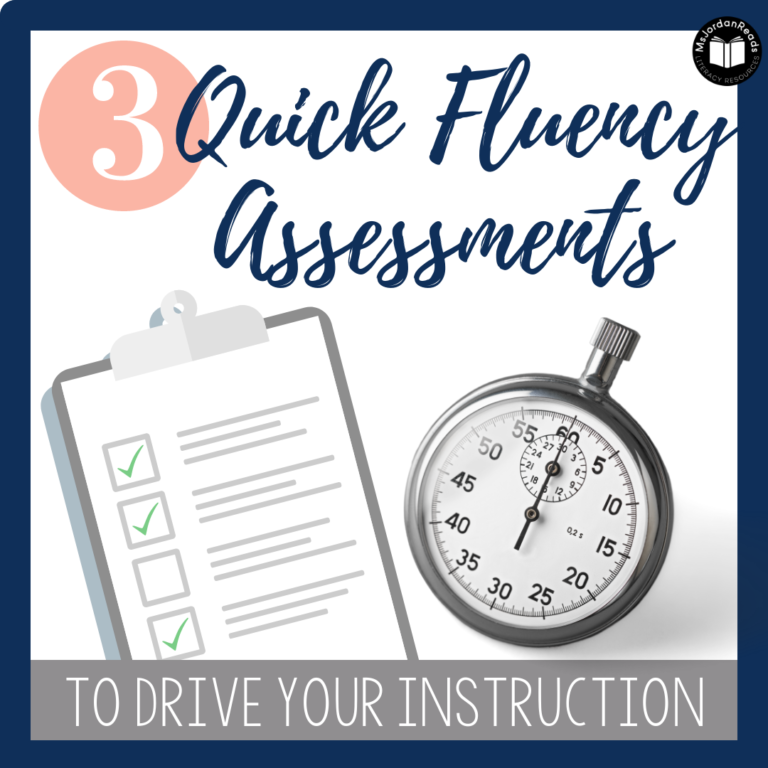
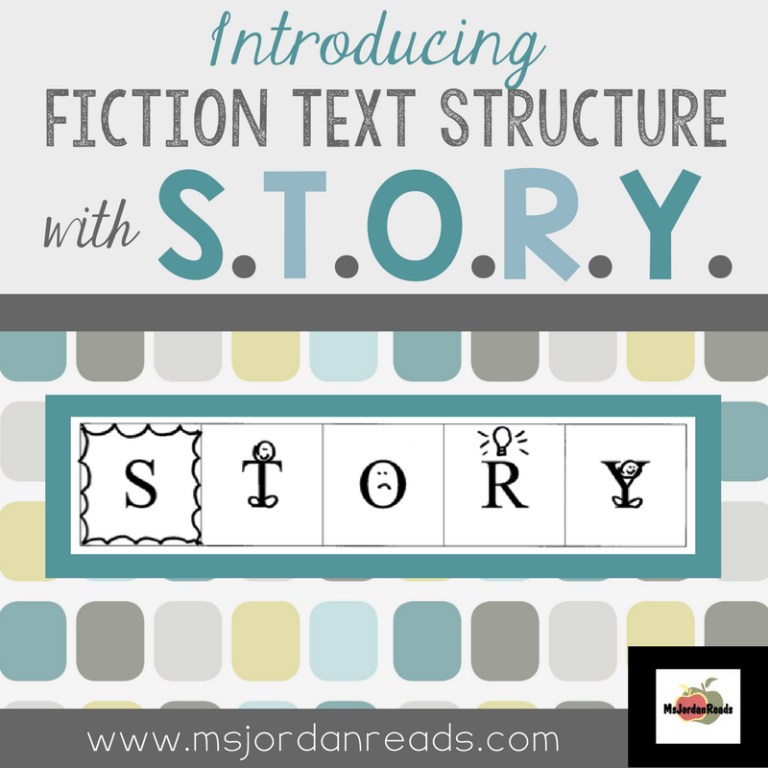

What a great article/resource! Especially as a teacher fresh out of college! Thanks:)
Thank YOU! I’m glad you found it to be helpful! 🙂
Do you have any other research, resources, or websites with regards to “visual accuracy” or “visual discrimination” ? I am a reading teacher and have many students (1st-4th) that struggle with visually similar words…
Justine —
Sorry it took me forever to respond! The holidays distracted me, and I’ve been meaning to write back.
Here are a few other interventions you could try. I’m not an expert, by any means, but I’ve tried a few of these practices with my students who have difficulty with visual discrimination:
– making/breaking words (using finger tapping or sound boxes before building each word)
– Similar Words (worksheet by School Sparks: http://www.schoolsparks.com/kindergarten-worksheets/category/similar-words
– highlight a vowel/ending/consonant (depending on where the students are not attending)
I also have an “Imposter Words” packet in my TpT store that could help: http://www.teacherspayteachers.com/Product/Imposter-Word-Identification-for-Comprehension-Visual-Discrimination-199375
Hope this helps! Email me msjordanreads@gmail.com with any questions or if you need further help!
—
Kristin (MsJordanReads)
Thanks for the response 🙂 Those are great resources for K/1, but I’ve got a lot of 2nd-4th graders who can’t see the difference between tried/tired, further/father, google/goggle, breath/breathe, teaches/teacher, dairy/diary, etc. They are checking for comprehension and catch the mistake most of the times within the sentence, but I didn’t know if there was any practice I could do with higher level visual discrimination.. I’m wondering why their first instinct is to guess a word that LOOKS like the word, but not look at the whole word.
I found that online dictionaries and some ESL websites had “commonly confused words” or “easily confused words” or “misused words.” I made my own list of words from those sites (and word errors that I’ve kept track of during reading groups with my students) which look visually similar and I’ve been having students read them in isolation with their similar pair.
My background is K-1 and usually the saw/was or sit/sat confusions clear up as students improve their reading, but as a first year reading teacher I’m kind of stumped when older kids have learned his “bad habit” to just say the word they think LOOKS like the word upon first glance.
Do you know of any other resources or advice to help with visual miscues? This website helped explained some visual errors and helped me further define this problem (http://www.righttrackreading.com/errors.html), but I’m still trying to come up with ways to support my readers to overcome this. Thanks for your thoughts on this! You are one of the few resources on this topic that I’ve found 🙂
Hello,
I love your blog and valuable information! I’ve been a multi-subject cred. teacher for 14 years, yet I have only been credentialed as a Reading Specialist for a few years.This is a wonderful new leaf for me, so thank you for your wonderful writings.
However, I am a certified Vision Therapist for 30 years.
Visual discrimination, as you well know carries a “bag of many sensory surprises”. I say this because many of a child’s sensory issues depend on the way a child keeps their gaze towards their subject/image.
1. Check their reading posture. A distance from their hand knuckle to their elbow is actually the distance a child should be from their text. Eyes will tire and “see” the images of text, yet will tire easily and misread, skip, or read what is in their head, not their vision.
2. See if they can discriminate between right/left, bouncing large balls,(not tennis), or staying on the correct reading line.
I find that it will not be the 20/20 check that will always help them, but their environment which they are given for 15min at a time.
In most cases, the discrepancy of small text will improve when most of the above is taken into consideration.
Thank you for your perspective and tips! I appreciate your comment and will definitely keep those considerations in mind when working with students with visual discrimination issues.
–
Kristin